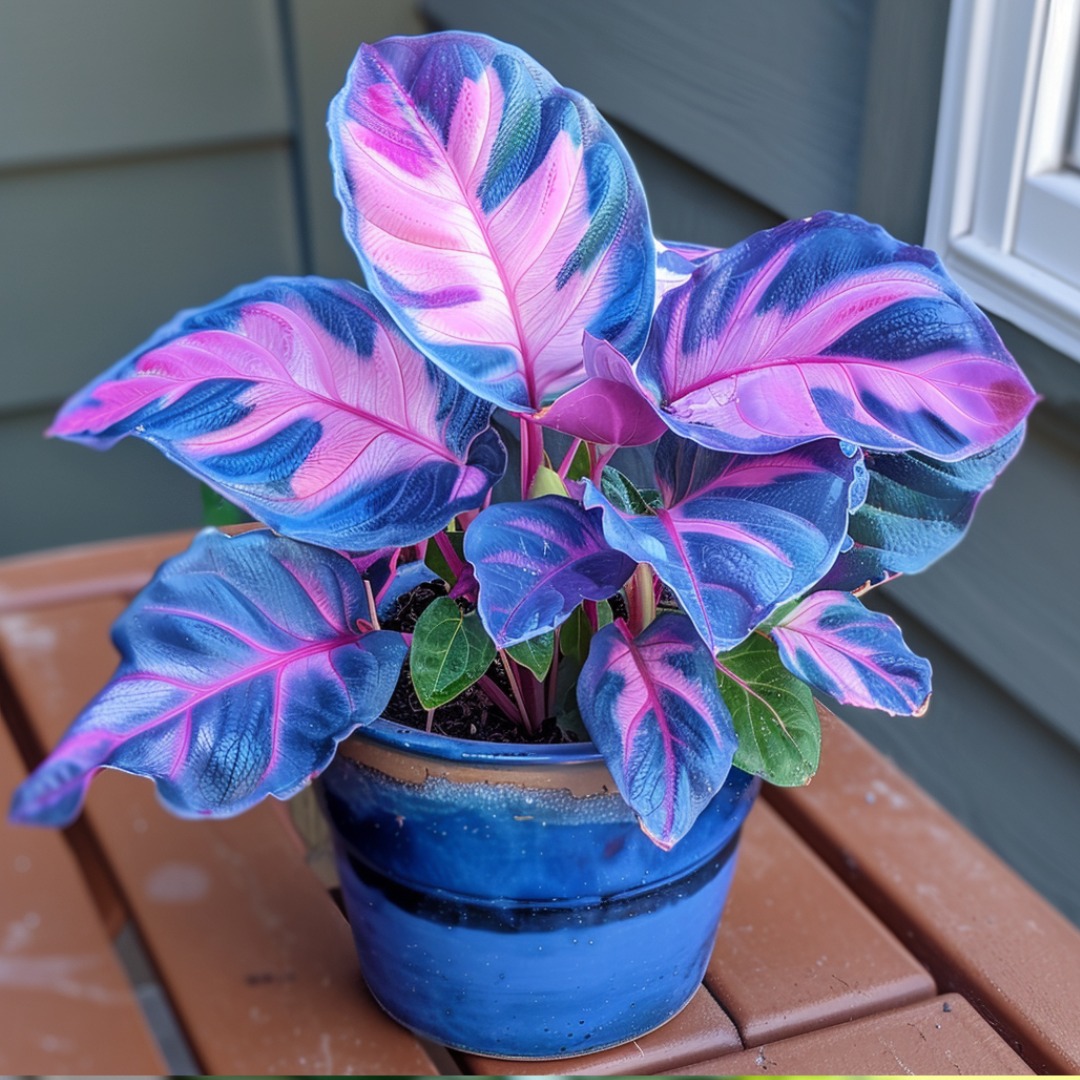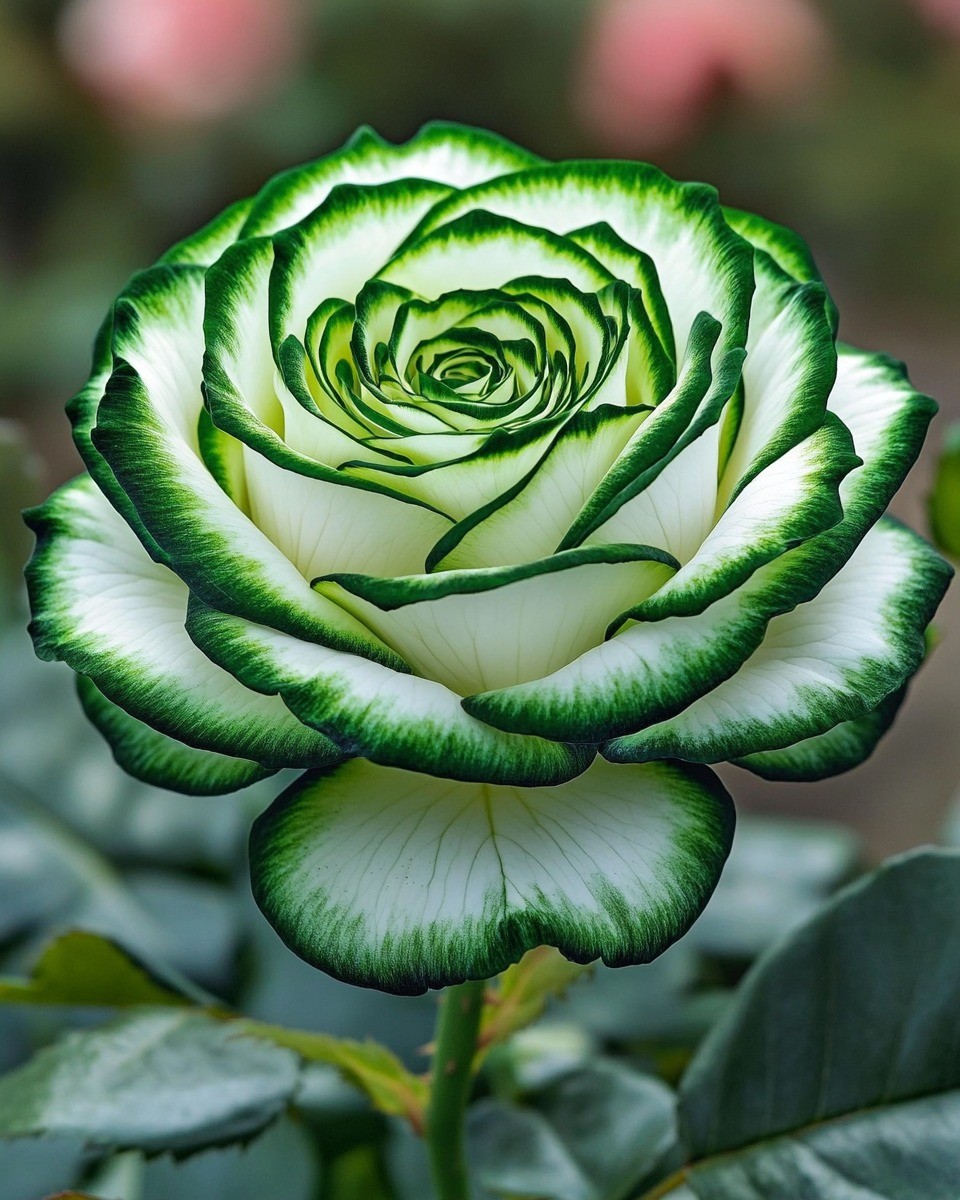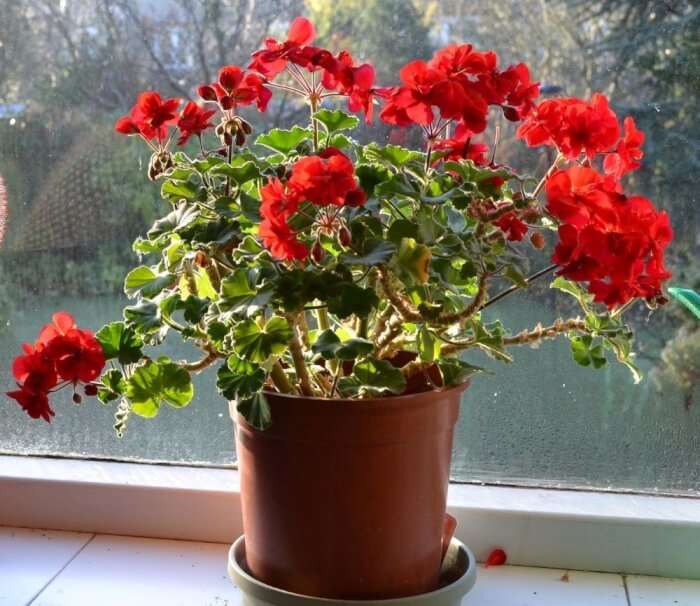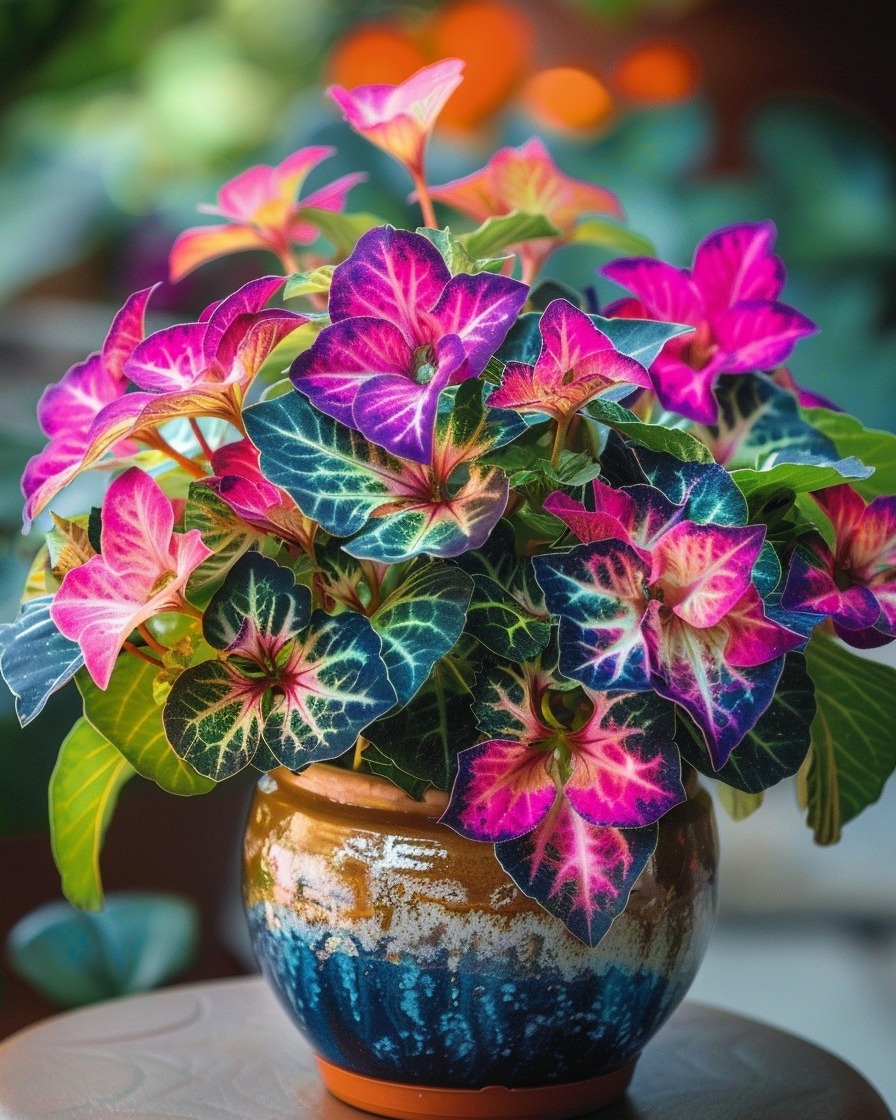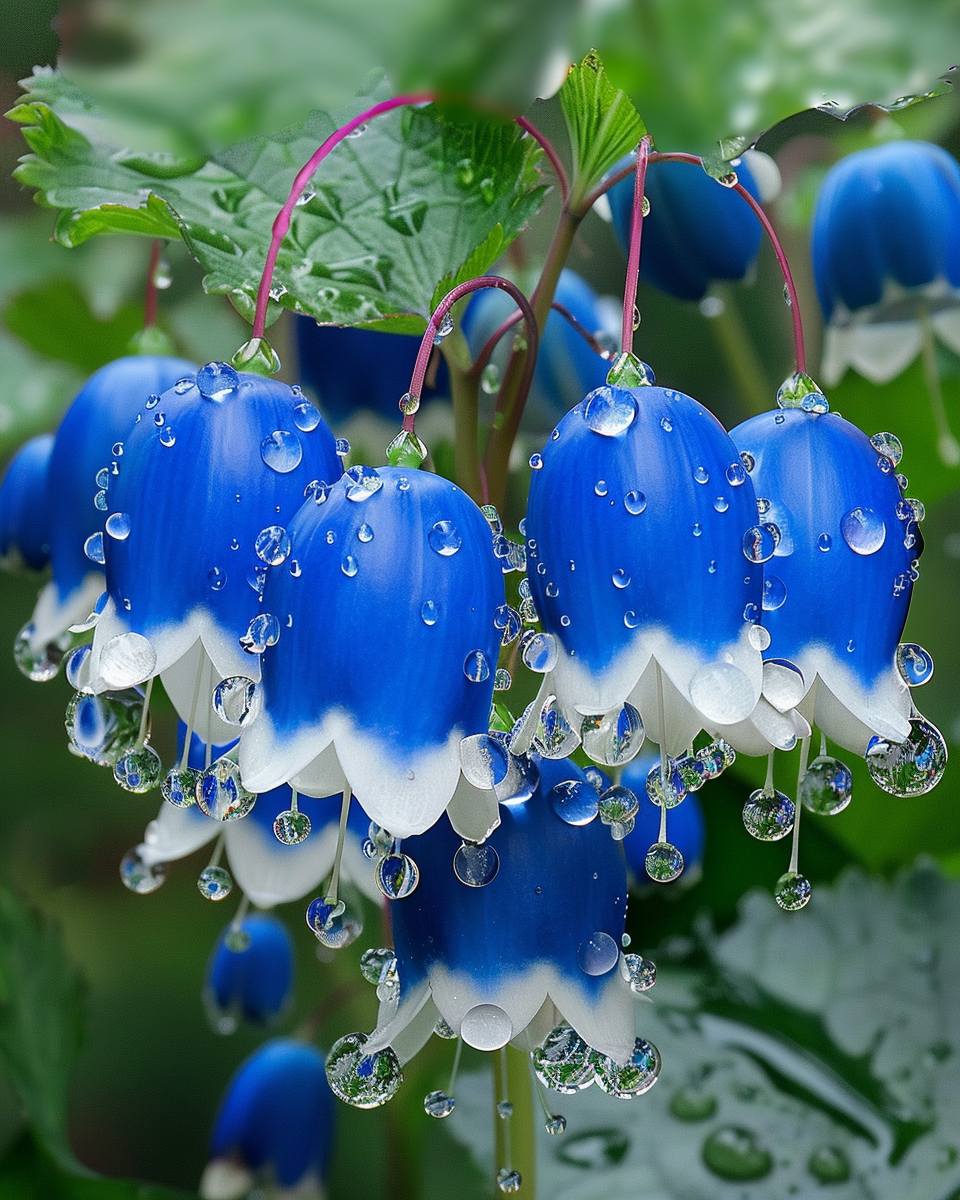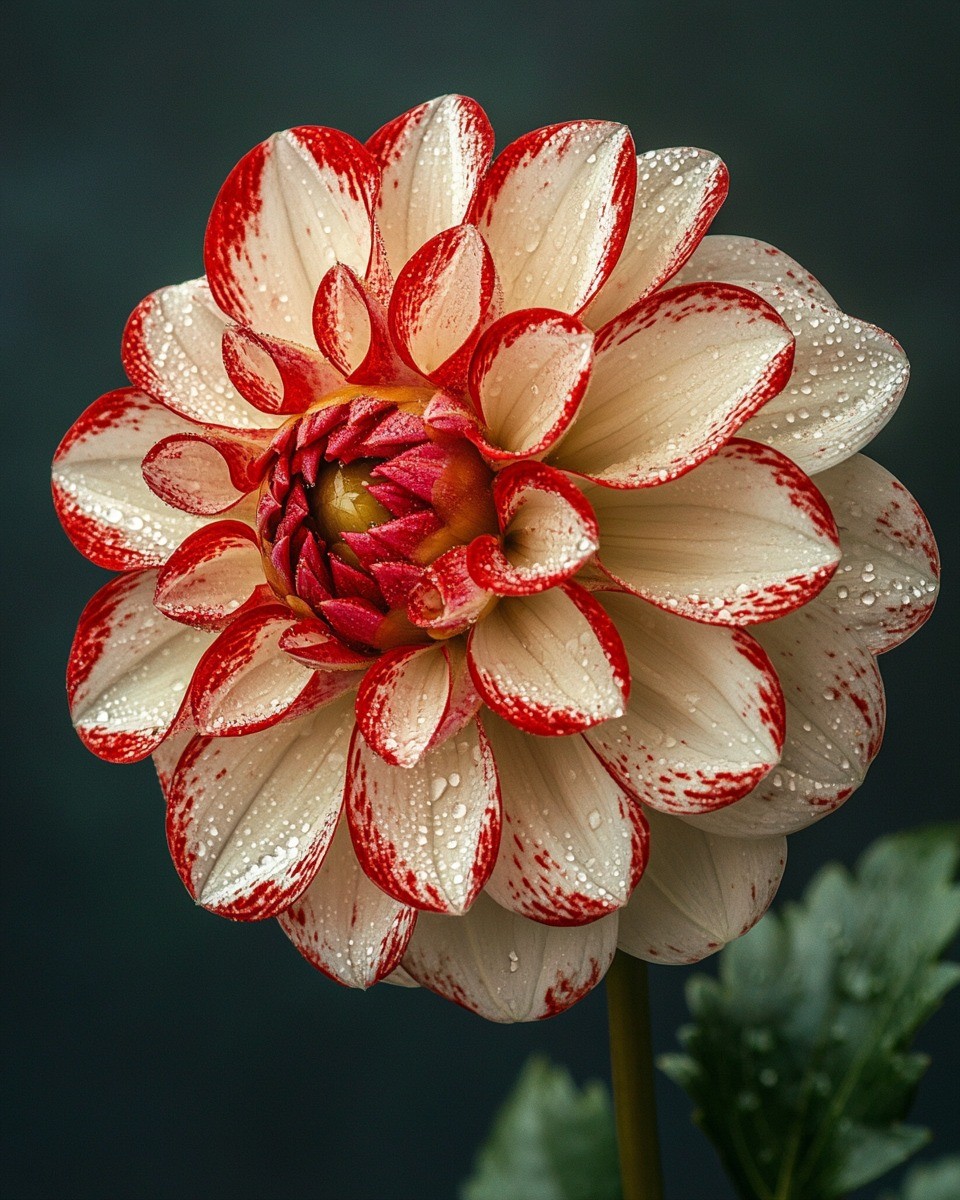The desert rose (Adenium obesum) is a slow-growing plant, only growing about 12 inches per year. Desert rose is often used as a bonsai plant thanks to its thick succulent trunk, thin and delicate leaves, and luscious, deep pink trumpeting flowers. It is native to Africa, the Middle East, and Madagascar.
The desert rose plant is the only Adenium extensively hybridized to obtain different flower colors. Desert rose is an indoor or outdoor plant depending on your location. In many tropical and warmer climates (USDA zones 11 and 12), it’s a widely-used ornamental outdoor plant, and in cooler zones, it is grown indoors. It’s best planted in the spring, and it will die if exposed to frost and freezing temperatures. A member of the dogbane family, the sap of the desert rose plant is toxic to people1 and pets.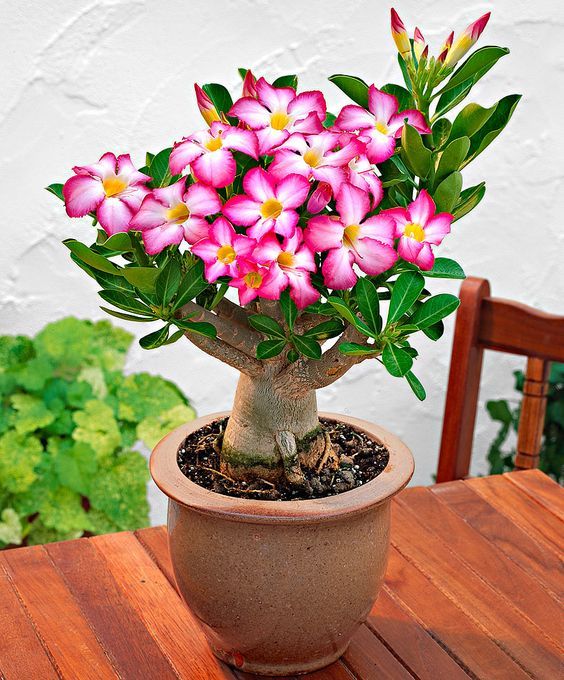
It’s simple to take care of a desert rose plant, but it does take some finesse. Similar to other succulent plants, it needs careful water management and lots of sunlight.
The plant also prefers consistently warm temperatures, which is why it is grown as an indoor plant in many parts of the United States (except for USDA zones 11 and 12). The plant typically blooms during the summer months, erupting with vibrant pink, rose, or red flowers and bright green leaves. When it goes dormant for the winter season, it drops its flowers and foliage.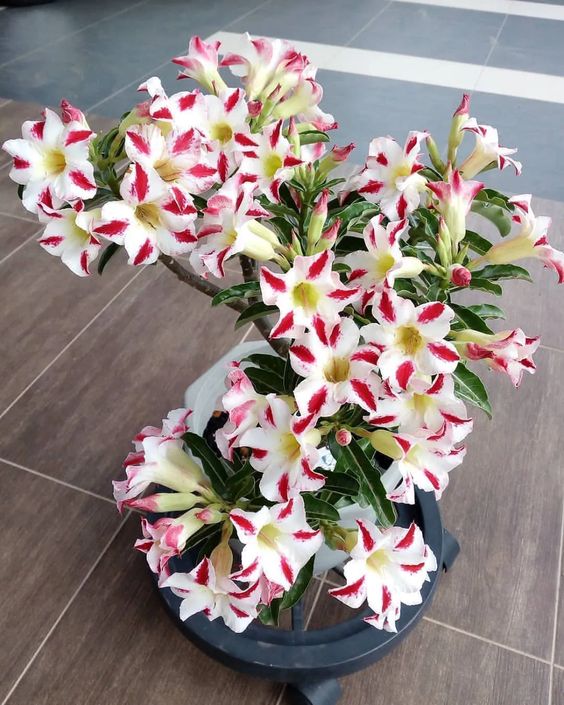
The desert rose thrives in a full sun environment. Choose a spot in your home so that the plant receives ample light throughout the day, like a southern-facing bright windowsill or sunroom. If you live in an area where it can be grown successfully outdoors, the best place to plant the desert rose is in a spot that is not shaded by taller plants but has some protection from high-noon sun, which can scorch the plant’s leaves.
As its name implies, the desert rose plant is acclimated to naturally dry, desert-like conditions, meaning well-draining sandy or gravelly cactus soil. The soil should have a neutral to acidic pH, ideally hovering right around 6.0.
The desert rose plant has varying water requirements depending on the time of year and temperature. During its growing season (late spring and summer), keep its soil moist but never saturated. Check on the soil periodically and allow it to dry out completely before watering. Also, plant your desert rose in a container that has ample drainage holes. The desert rose can be susceptible to rot if it becomes too moist (a clay or terra cotta pot can also help with wicking away excess moisture).
In the fall and winter months (when the plant typically goes dormant in the wild); drastically reduce moisture, watering only minimally once a month or so. If you’re curious if your plant is receiving enough water during its growing season, you can look at its trunk for the answer. A swollen, thick trunk (in proportion to the size of your plant) is a great indication that your plant is well-hydrated.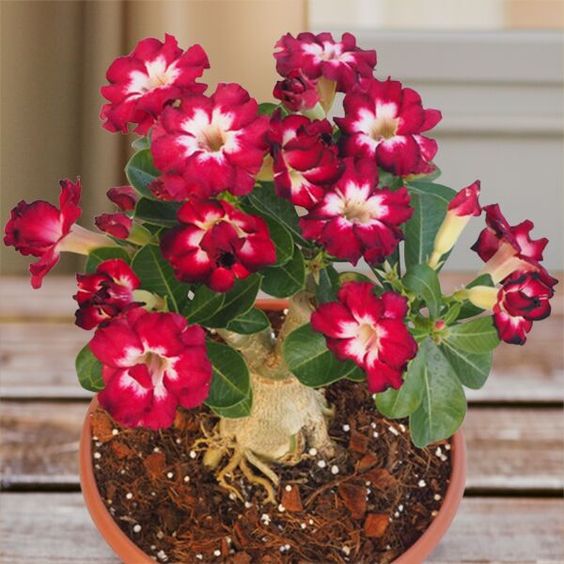
Keep your plant in warm temperatures at all times—it will die quickly if exposed to prolonged temperatures cooler than 50 degrees Fahrenheit. It thrives best at temperatures between 65 and 90 degrees Fahrenheit. If you’ve planted your desert rose outdoors, it will not likely survive any prolonged frost. Humidity is not important to the desert rose because it is accustomed to a dry, hot climate.
For an added dose of nutrients (and potentially more flowers), you can feed your desert rose with liquid fertilizer (diluted by half) once a month during its active growth period. Do not fertilize the plant during its dormant period.
There are many species of Adenium. However, the most common and easiest to find is Adenium obesum. Some other subspecies include:
- Adenium obesum subsp. oleifolium: Native to South Africa and Botswana, this species grows to 16 inches tall with a large tuberous stem, narrow olive green blade-like leaves, and salmon, pink, or pale pink with red tubular flowers.
- Adenium obesum subsp. socotranum: Native to Socotra, an Indian Ocean island between Somalia and Yemen, this is the largest of the species, rising to 15 feet tall with an 8-foot diameter trunk. Pink flowers are up to 5 inches in diameter and appear in spring while the plant is leafless.
- Adenium obesum subsp. somalense: Native to Eastern Africa this species has narrow blade-like leaves and twisting branches. It matures at 16 feet tall with a swollen and often twisted trunk. Trumpet-shaped flowers are pink, white, or crimson red,
- Adenium obesum subsp. swazicum: Also known by its common name, summer impala lily. This is a dwarf species that usually doesn’t get larger than 2 feet tall; native to Swaziland and South Africa. Showy flowers are pink to deep reddish-pink.
Before pruning your desert rose plant, use rubbing alcohol or a bleach solution to sterilize your pruning tools; re-sterilize as you move from one plant to the next. Remove cold-damaged growth as soon as new growth emerges. Trim long, lanky stems to balance the stem growth symmetrically. Remove branches that rub or cross other branches, cutting just above a leaf node or where the stem joins with another stem.
Desert rose can be grown from branch cuttings and seeds. If you grow the plant from a branch cutting, the next plant might not have a characteristic bulbous trunk that it would if you propagate from seed. Here’s how to propagate from a stem cutting:
- Before you get started, have these items on hand: garden gloves, sterilized pruners, rooting hormone, a clean pot, and a well-draining potting mix.
- Put on garden gloves to avoid the toxic sap of this plant touching your skin. Using your pruning snips, take a 5- to 6-inch cutting from the tip of a branch.
- Allow the cutting to dry out for a day or two.
- Wet the cut end and dip it in rooting hormone.
- Plant the cut end into a well-draining growing medium like perlite or sand mixed with potting soil.
- Water the cutting daily; however, make sure the water drains out of the soil. The cutting should take root in about two to six weeks.
- After six weeks, you should notice new growth, or if you try to tug at the stem gently, it should feel rooted in place.
The best time to sow desert rose seeds is in the spring. Get a well-draining potting mix with perlite or use a sand and soil mix. You can soak the seeds in advance for several hours or up to a day to rehydrate them, then place one seed every 2 inches onto the growing medium. Cover lightly with a thin layer of soil mix.
Water thoroughly and keep the plants in a warm location. Only water the soil once it begins to dry out. You can also mist the soil or water the container from below, but do not allow the soil to become waterlogged. Once seedlings sprout, which is usually in a week to 10 days, move the container to a sunny spot.
Repot the plant as needed, usually when the roots fill the container and the plant becomes root-bound. This can be once a year or every other year. If you do not want your plant to grow much larger, you can keep it in its current container. Keeping a plant rootbound slows down its growth. The best time for repotting is in the late winter or early spring, preferably as soon as new growth emerges.
When repotting a succulent, make sure the soil is completely dry before gently removing the plant from the pot. Knock away the old soil from the roots and remove any rotted or dead roots in the process. If you make any cuts or notice bruises, you can topically apply a fungicide or antibacterial solution.
Place the plant in its new pot and backfill with potting mix, spreading the roots out as you repot. Let the plant dry for a week or so to reduce the shock to the plant. After a week, water the plant but make sure water drains thoroughly. Do not let the plant sit in standing water or soggy soil.
Desert rose cannot endure frost or prolonged cold. Once temperatures reach 50 degrees Fahrenheit, the plant will drop its leaves and trigger its slowed dormant phase. To keep your plant alive, bring the plant indoors, stop watering it, and place it somewhere it will not freeze, like in a garage or basement that remains above freezing. It will not need care or light until the spring. Once the warmer temperatures return, slowly provide water, place it in a window with a sunny exposure, and gradually reintroduce your plant to outdoor life.
Desert rose will bloom about seven to eight months after sowing, depending on the cultivation conditions. To encourage blooming, make sure your plant receives at least six hours of sunlight and provide fertilizer at least once a month during spring and summer. If your plant was recently repotted, it might be putting its energy into developing new roots instead of flowers. Give it time to adjust to its new growing environment.
Desert rose is a relatively disease- and pest-free plant. The biggest problem affecting this plant is overwatering. When growing conditions are not ideal for a plant, it reduces its natural defenses, and pests or diseases creep in.
A common sign of root rot is yellowing leaves or sudden leaf loss. A fungus causes root rot. If caught early enough, you might be able to save the plant. You will need to remove damaged leaves and stems and unpot the root ball. If you notice any blackened, mushy roots, cut away the damaged roots with a sharp knife. Between cuts, sterilize the knife. Apply a fungicide, according to the package instructions. Replant the remaining roots in a well-draining potting mix.
Powdery mildew leaves blister-like marks on the upper leaf surfaces. It can lead to distorted growth and a white powdery-looking substance on the leaves, stems, and buds. This tends to spread more often during cool, damp nights and warm days. Powdery mildew does not like water. Mist the plant leaves and apply a fungicide, according to the instructions on the package. Prune when stems and branches bunch up. Adequate spacing between plants reduces the risk of powdery mildew.
Spider mites are the most common pest to attack desert rose plants. They feed by sucking sap, primarily from the underside of the leaves. Leaf speckling leads to complete discoloration and eventually leaf death. To detect spider mites, shake the infected foliage over a piece of white paper; spider mites look like small dots. You will also notice fine webbing and eggs on the underside of the leaves. To get rid of a small infestation, use a forceful spray of water on the underside of all the leaves. Repeat this every several days. You can also use insecticidal soap or neem oil for mite control. Make sure you apply it to the underside of the leaves and all the lower surfaces of the plant.
